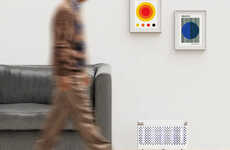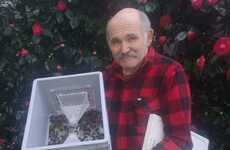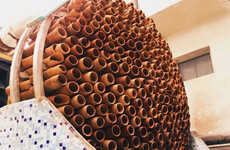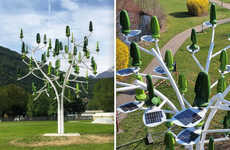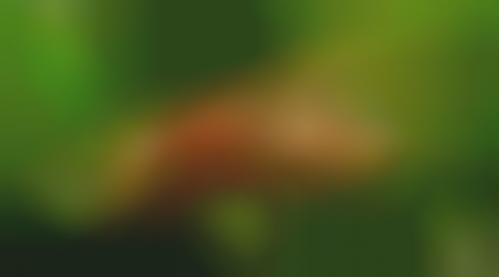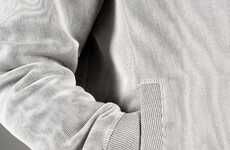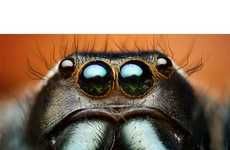The Body of the Oriental Hornet Can Harvest Solar Energy
Katie Cordrey — May 16, 2011 — Eco
References: springerlink & sciencedaily
A Tel Aviv University research team has shown that the Oriental hornet can harvest solar energy and convert it into electrical power. The brown-and-yellow insect’s body shell, called an exoskeleton, can harvest solar energy, which is then changed into electrical energy by chemicals in the yellow pigment of hornet’s abdomen. If the processes can be replicated using scientific biomimicry, human beings may be able to build new technology based on understanding the Oriental hornet’s natural abilities to harvest and convert solar energy.
Not only can the Oriental hornet harvest solar energy and convert it to electric power, the insect has a built-in heat pump system that keeps its body cool while it hunts for food in the hot sun.
Quoted in ScienceDaily.com, physicist David Bergman of Tel Aviv University's School of Physics and Astronomy says, “The interesting thing here is that a living biological creature does a thing like that. The hornet may have discovered things we do not yet know." In an effort to explain the biological processes that turn a hornet's abdomen into solar cells, Bergman and his doctoral candidate Marian Plotkin are conducting research that builds upon investigation begun by the late professor Jacob Ishay of the university's Sackler Faculty of Medicine.
Image Credit: 1 | 2-4 | 5
Not only can the Oriental hornet harvest solar energy and convert it to electric power, the insect has a built-in heat pump system that keeps its body cool while it hunts for food in the hot sun.
Quoted in ScienceDaily.com, physicist David Bergman of Tel Aviv University's School of Physics and Astronomy says, “The interesting thing here is that a living biological creature does a thing like that. The hornet may have discovered things we do not yet know." In an effort to explain the biological processes that turn a hornet's abdomen into solar cells, Bergman and his doctoral candidate Marian Plotkin are conducting research that builds upon investigation begun by the late professor Jacob Ishay of the university's Sackler Faculty of Medicine.
Image Credit: 1 | 2-4 | 5
Trend Themes
1. Solar-powered Insects - There is an opportunity for developing technologies to replicate the Oriental hornet's natural way of harvesting and converting solar energy into electrical power.
2. Biomimicry for Renewable Energy Technologies - Biomimicry can be leveraged to create new technologies for solar harvesting and conversion.
3. Living Biocells for Green Energy - There is an opportunity to further explore and understand biological processes that can turn living organisms into renewable energy cells.
Industry Implications
1. Renewable Energy - There is an opportunity to use the innate abilities of living organisms to improve solar energy collection and conversion.
2. Biomimicry Research - There is an opportunity to further understand the processes of the Oriental hornet and develop new technologies for solar energy harvesting and conversion.
3. Green Technology - The development of living biocells can lead to new technologies in green energy with a focus on sustainability.
1.7
Score
Popularity
Activity
Freshness
